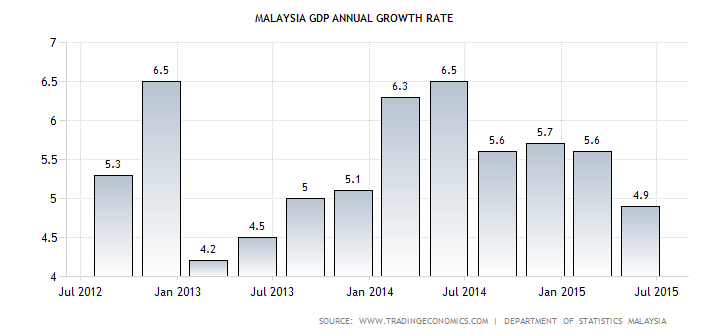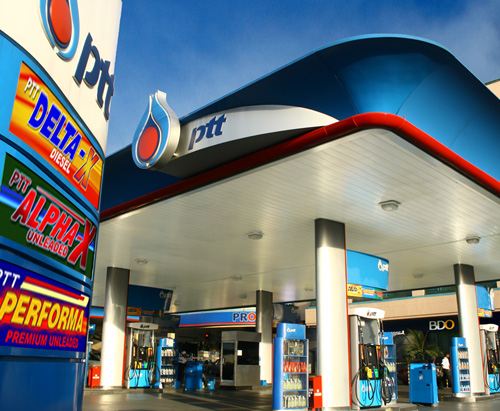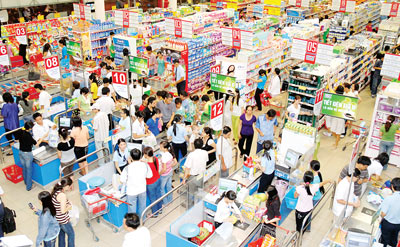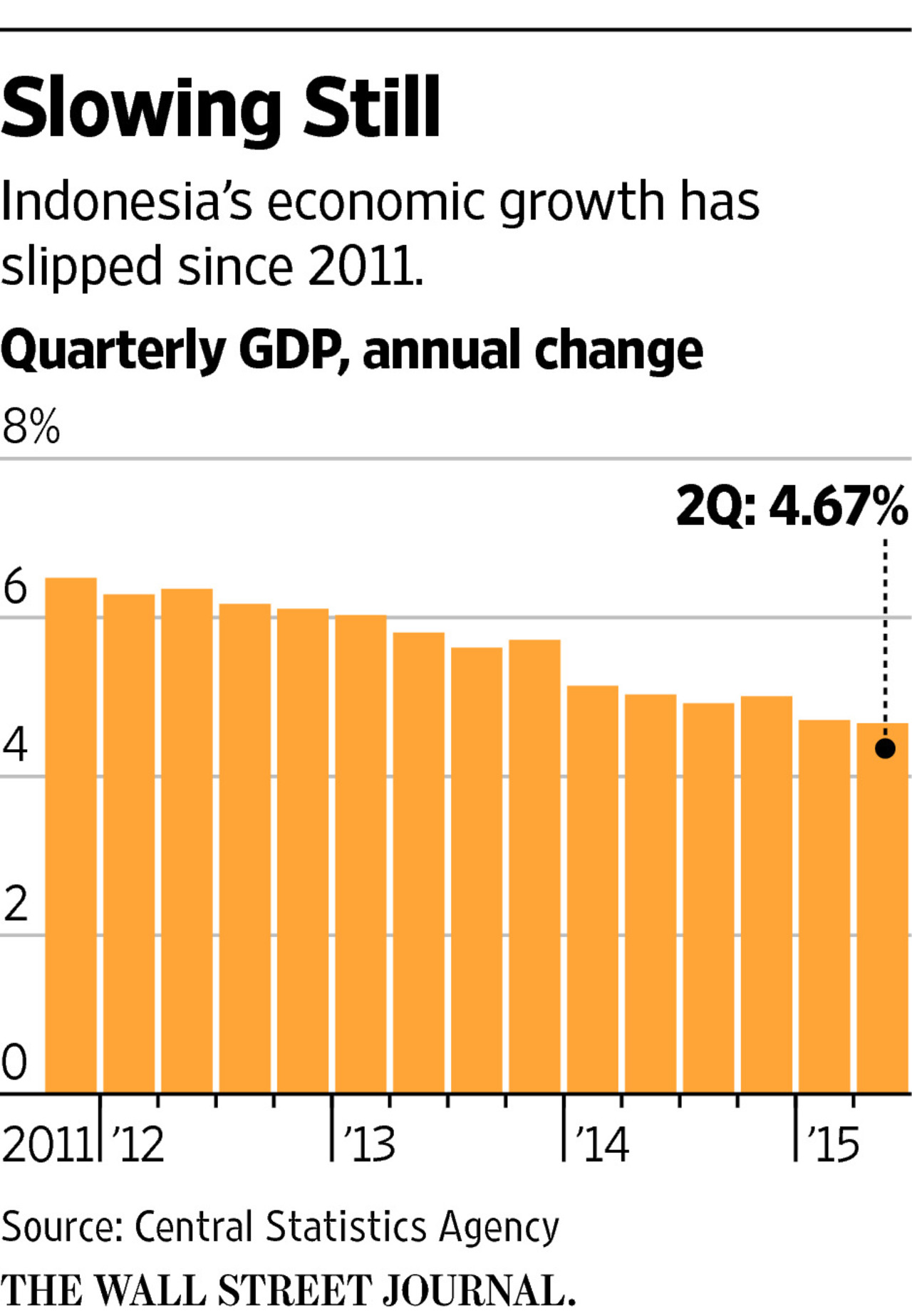ข่าวสารกลุ่มประเทศอาเซียน

Malaysia GDP Growth Slows to 4.9% in Q2
18 สิงหาคม พ.ศ. 2558The Malaysian economy advanced 4.9 percent year-on-year in the second quarter of 2015, moderating from a 5.6 percent expansion in the previous period but still above market consensus. The private and public consumption remained the key driver of growth while exports contracted further.
On the expenditure side, private consumption advanced 6.4 percent year-on-year, slowing from a 8.8 percent growth in the previous quarter, as households adjust to the implementation of the Goods and Services Tax. Public consumption expanded by 6.8 percent, accelerating from a 4.1 percent growth in the first quarter, due to stronger expansion in supplies and services expenditure amid sustained growth in emoluments.
Private investment grew by 3.9 percent, significantly down from 11.7 percent in the March quarter, mainly due to a decline in spending on machinery and equipment, especially in the transportation segement, and slower investment in dwelling services. In contrast, public investment declined by 8.0 percent, following a 0.5 percent expansion in the previous period, mainly attributed to the near completion of a few projects by public enterprises, which more than offset an increase of capital expenditure by the Federal Government.
Exports declined by 3.7 percent, following a o.6 percent drop in the preceding quarter, due to subdued performance in exports of goods and services. Imports also fell by 2.8 percent, after registering a 1.0 percent rise in January to March.
On the production side, the services sector grew by 5.0 percent, slowing from a 6.4 percent expansion in the previous quarter, underpinned by wholesale & retail trade (+5.9 percent, mainly driven by wholesale segment) and information & communication (+9.3 percent, mainly due to the sturdy momentum in communication). The manufacturing sector rose 4.2 percent, slowing from a 5.6 percent year-on-year expansion in the previous quarter, mainly driven by electrical, electronic & optical products (+4.5 percent, backed by the strong momentum in consumer electronics and a rebound in computer equipment). Higher production in chemicals & chemical products and a recovery in production of rubber products has induced the petroleum, chemical, rubber & plastic products growing by 3.5 percent. The mining and quarrying sector grew by 6.0 percent, slowing from a 9.6 percent growth in the March quarter, mainly due to a decline in production of natural gas and moderation in production of crude oil.
Moving forward, Malaysia's GDP is expected to remain on a steady growth path with domestic demand remaining as the key driver of growth. Private consumption is expected to continue to adjust to the introduction of the Goods and Services Tax (GST), although wage growth and stable labour market conditions would provide support to household spending. Investment activity will be supported by capital spending in the manufacturing and services sectors, as well as for infrastructure projects. These developments will contribute towards offsetting the weaker performance of the external sector.
On a quarter-on-quarter seasonally-adjusted basis, the economy grew by 1.1 percent, slightly slowing from a 1.2 percent expansion in the previous three months.
For the first half of 2015, GDP expanded by 5.3 percent, slowing from a 6.4 percent expansion in the same period a year earlier.
Cr:http://www.tradingeconomics.com/malaysia/gdp-growth-annual
-

ปตท.ลุยขยายสาขาที่ฟิลิปปินส์ตั้งเป้าลงทุนเพิ่ม1,000ล้านเปโซให้เป็น300สถานี
20 สิงหาคม พ.ศ. 2558 -

Philippine enterprises seek investment opportunity in Vietnam’s retail market
27 สิงหาคม พ.ศ. 2558 -

Myanmar sets $2.80 daily minimum wage in bid to boost investment
31 สิงหาคม พ.ศ. 2558 -

Indonesia Makes Attracting Foreign Investment a Priority
10 กันยายน พ.ศ. 2558

